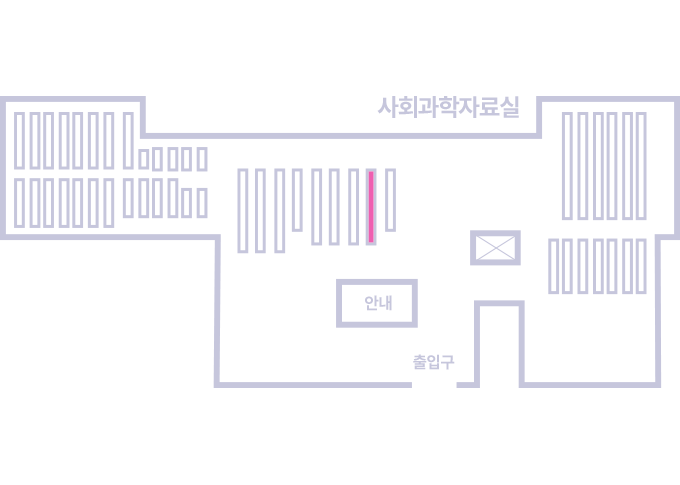권호기사보기
| 기사명 | 저자명 | 페이지 | 원문 | 기사목차 |
|---|
| 대표형(전거형, Authority) | 생물정보 | 이형(異形, Variant) | 소속 | 직위 | 직업 | 활동분야 | 주기 | 서지 | |
|---|---|---|---|---|---|---|---|---|---|
| 연구/단체명을 입력해주세요. | |||||||||
|
|
|
|
|
|
* 주제를 선택하시면 검색 상세로 이동합니다.
목차
곰팡이 센서(Fungal detector)를 이용한 알러지 환자 가정의 실내 환경 평가 : 사례연구 / 이준협 ; 김영환 ; 문경환 1
ABSTRACT 1
I. 서론 1
II. 연구방법 2
1. 조사 대상 2
2. 실험방법 2
III. 결과 및 고찰 3
1. 곰팡이 지수 3
2. 곰팡이 농도 및 집먼지 진드기 알러젠 5
IV. 결론 6
감사의 글 6
참고문헌 6
The indoor environmental condition was assessed in houses with allergy (asthma and atopy) patients by use of a fungal
detector. The fungal index was calculated from the growth rate of the sensor fungi in a fungal detector encapsulating
the spores, Alternaria alternata S-78, Eurotium herbariorum J-183 and Aspergillus penicillioides K-712. Fungal indices
were higher in asthma patient’s houses than in control houses and Eurotium herbariorum showed the highest growth
response among the sensor fungi. Dust mites allergen, Der f1, was also significantly high in allergy patient's houses
where fungal indices above 10 were detected. A correlation was observed between the fungal indices and dust mite allergen
proliferations in examined houses. Therefore, the fungal index can be a useful tool as an indirect indication for
detecting chronic dampness that brings both contaminations by fungi and dust mite.| 기사명 | 저자명 | 페이지 | 원문 | 목차 |
|---|---|---|---|---|
| 환경성 발암 기전에서 유전자-환경 상호작용의 역할 | 한소희 ;이경무 | pp.1-13 |
|
보기 |
| 한약재복용으로 인한 한국인의 중금속 섭취량 및 위해성 평가연구 | 이선동 ;정진용 ;최경호 ;이종태 ;박해모 ;신헌태 | pp.14-19 |
|
보기 |
| 서울시의 기온변화와 사망자수 간의 관련성 연구 | 이사라 ;김호 ;이승묵 | pp.20-26 |
|
보기 |
| 곰팡이 센서(Fungal detector)를 이용한 알러지 환자 가정의 실내 환경 평가 :사례연구 | 이준협 ;김영환 ;문경환 | pp.27-32 |
|
보기 |
| Dynamic Flux Chamber를 이용한 소사육시설의 암모니아 플럭스 및 배출계수 평가 | 사재환 ;전의찬 | pp.33-43 |
|
보기 |
| LC/MS/MS를 이용한 산화성 스트레스 지표로써 소변 중 8-iso-PGF_2α_ 분석 | 고영림 ;이은희 ;채홍재 ;최경호 ;백도명 | pp.44-51 |
|
보기 |
| ELISA-LC/MS/MS 병행에 의한 식품 중 aflatoxins 분석 | 김경열 ;남민지 ;남보람 ;류희정 ;송정언 ;심원보 ;이수형 ;정덕화 | pp.52-60 |
|
보기 |
| 익산지역 가을철 대기 중 호흡성 및 흡입성 먼지입자의 화학조성 | 강공언 | pp.61-71 |
|
보기 |
| 21세기 하천관리의 관점에서 본 '4대강 살리기' 사업 | 박수택 | pp.72-75 |
|
보기 |
| 번호 | 참고문헌 | 국회도서관 소장유무 |
|---|---|---|
| 1 | Assessment of indoor climate in an apartment by use of a fungal index.  |
미소장 |
| 2 | Abe, K. : Fungal Contamination Causing adverse effects on human health-detection of its liability in dwellings. Proceedings of Japan-Canada Housing R&D Experts Working Group Meeting #4, 269-278,2003. | 미소장 |
| 3 | Abe, K., Nakai, S., Yanagisawa, Y. : Fungal index in dwelling environments. Proceedings : Healthy Buildings 2003, 649-654, 2003. | 미소장 |
| 4 | Fungal allergy in the indoor environment  |
미소장 |
| 5 | Assessment of the environmental conditions in a museum storehouse by use of a fungal index  |
미소장 |
| 6 | Association of asthma symptoms and severity with indoor bioaerosols  |
미소장 |
| 7 | Kim, Y. H. : Development of human monitoring and management systems for asthma, allergy and sick building syndrome caused by air pollutants using immunological and family unit methodology, Report of Ministry of Environment, 43-48, 2008. | 미소장 |
| 8 | Exposure Assessments on Biological Contaminants in Homes of Allergy Patients - Bacteria, Fungi, House Dust Mite Allergen and Endotoxin | 소장 |
| 9 | Abe, K. : Comparison of a measured fungal index determined using fungal growth and computed fungal index based on temperature and relative humidity.Journal of Society of Indoor Environment, Japan,9(1), 17-24, 2006. | 미소장 |
| 10 | Dwelling Environment of Bronchial Asthma Patients and the Amount of House Dust Mite Allergens | 소장 |
| 11 | Exposure Assesment of Biological Agents in Indoor Environments | 소장 |
| 12 | The Korean Academy of Asthma, Allergy and Clinical Immunology : Asthma and Allergic Diseases,KoonJa Publishing Co., 99-106, 2002. | 미소장 |
| 13 | Platts-Mills, T. A., Hayden, M. L., Champman, M.D. : Seasonal variation in dust mite and grass-pollen allergens in dust from the houses of patients with asthma. Jounal of Allergy and Clinical Immunology,79, 781-791, 1987. | 미소장 |
| 14 | Combined sensitization of mice to extracts of dust mite, ragweed, and Aspergillus species breaks through tolerance and establishes chronic features of asthma  |
미소장 |
| 15 | Profile of airborne microorganisms distributed in general offices | 소장 |
| 16 | Kim, Y. K., Kim, K. E., Lee, H. H., Park, K. H., Lee Y. J., Lee, K. Y. : Distribution of fungus spores in the air of outdoors, indoors(apartment) and underground markets during summer (June, July and August, 1995). Journal of the Korean Academy of Pediatric Allergy and Respiratory Disease, 6(2), 123-135, 1995. | 미소장 |
| 17 | Development of an Environmental Relative Moldiness Index for US Homes  |
미소장 |
*표시는 필수 입력사항입니다.
| 전화번호 |
|---|
| 기사명 | 저자명 | 페이지 | 원문 | 기사목차 |
|---|
| 번호 | 발행일자 | 권호명 | 제본정보 | 자료실 | 원문 | 신청 페이지 |
|---|
도서위치안내: 정기간행물실(524호) / 서가번호: 국내14
2021년 이전 정기간행물은 온라인 신청(원문 구축 자료는 원문 이용)

우편복사 목록담기를 완료하였습니다.
*표시는 필수 입력사항입니다.
저장 되었습니다.